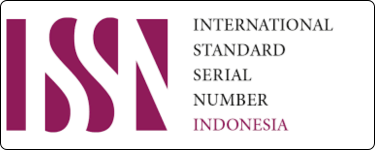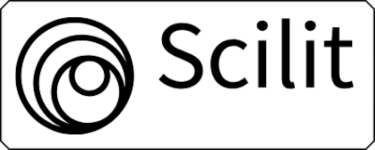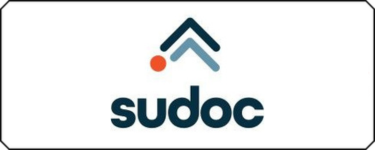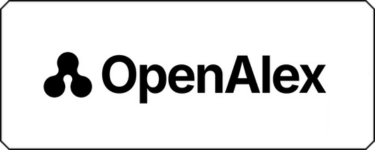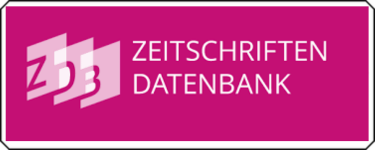Gali Lubang Tutup Lubang di Tengah Pandemi: Teknologi Finansial dalam Perspektif Hukum dan Teori Keamanan
Keywords:
fintech lending, finance, law and securityAbstract
Financial technology gives easy and fast access to society in financial services, especially the fintech lending sector. Unfortunately, some problems appear in the field. For instance, the lack of financial literacy which cases the difficulty of society to fulfill their right and duty. The absence of financial literacy has also caused the phenomenon of ‘making hole, closing hole,’ in which the pandemic situation this phenomena is getting bigger. Meanwhile the existence of illegal fintech which conducted to crawl data privacy, extortion, and terror. From a law and security theory perspective, this case can become an object for further study. By using normative and socio-legal approach, this research tries to analyze the implementation of fintech lending regulation. The main stakeholder, such as the Financial Service Authority (OJK) makes some efforts to amend the new regulation to improve the current regulation. The industry association also works out to establish the Fintech Data Center (FDC) to minimize the problems.
Downloads
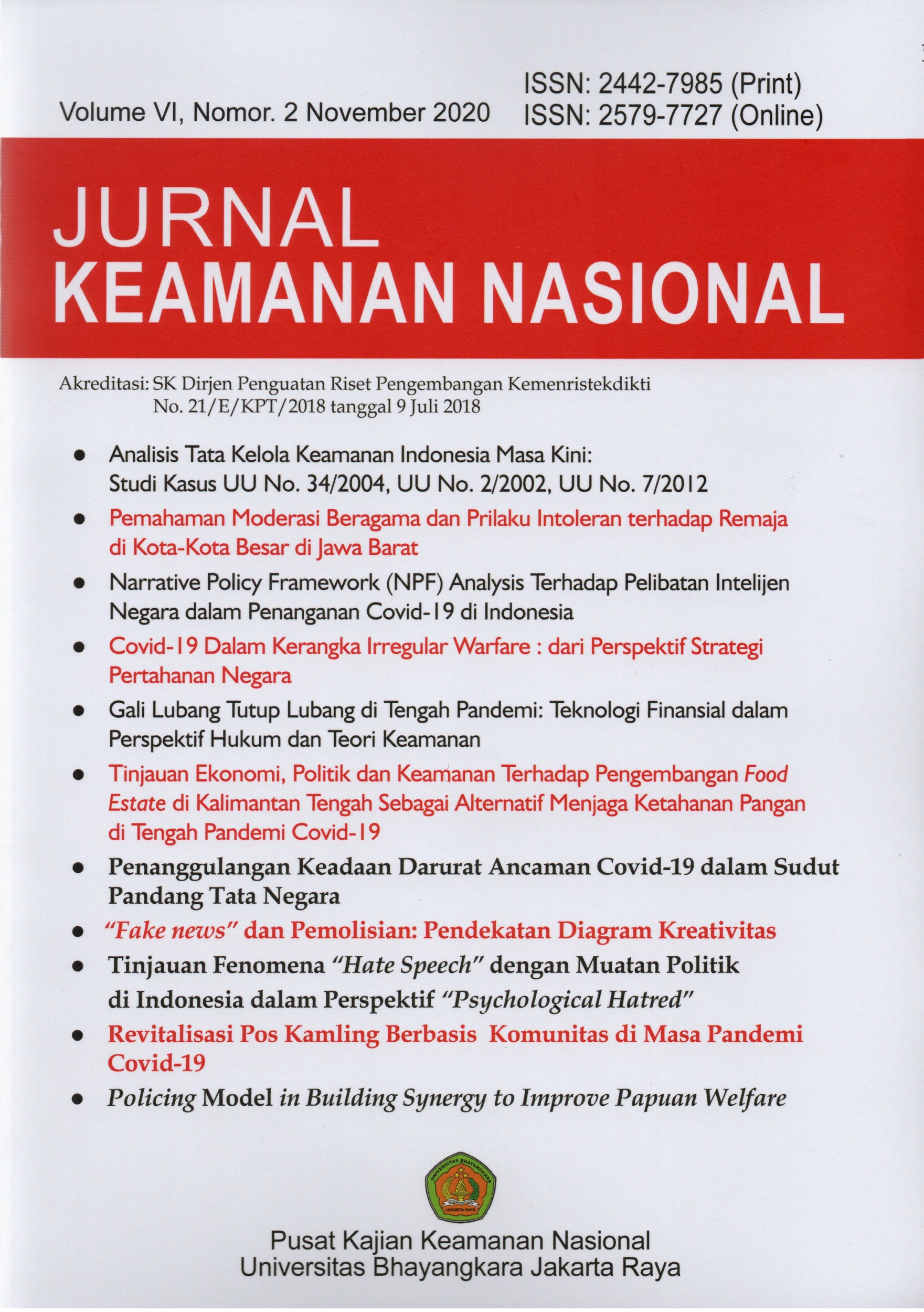
Downloads
Published
Issue
Section
License
Please read and understand the copyright terms for submissions to this journal.
Copyright Notice
The Jurnal Keamanan Nasional is under the Creative Commons Attribution 4.0 International (CC-BY 4.0) License, according to which:
1) Authors retain copyright and grant the journal the right to first publication, with the work simultaneously licensed under the Creative Commons Attribution (CC-BY 4.0) that allows the sharing of articles published with the acknowledgement of authorship and the initial publication in this journal.
2) The authors are authorized to make additional contracts separately for distribution of the version of the work published in this journal (for example, publication in an institutional repository or as a chapter of the book), as long as there is recognition of authorship and initial publication in this journal.
3) Authors are authorized and encouraged to publish and distribute their work online (for example, in institutional repositories or on their personal pages) at any time before or during the editorial process, as it increases the impact and reference of the published work.


